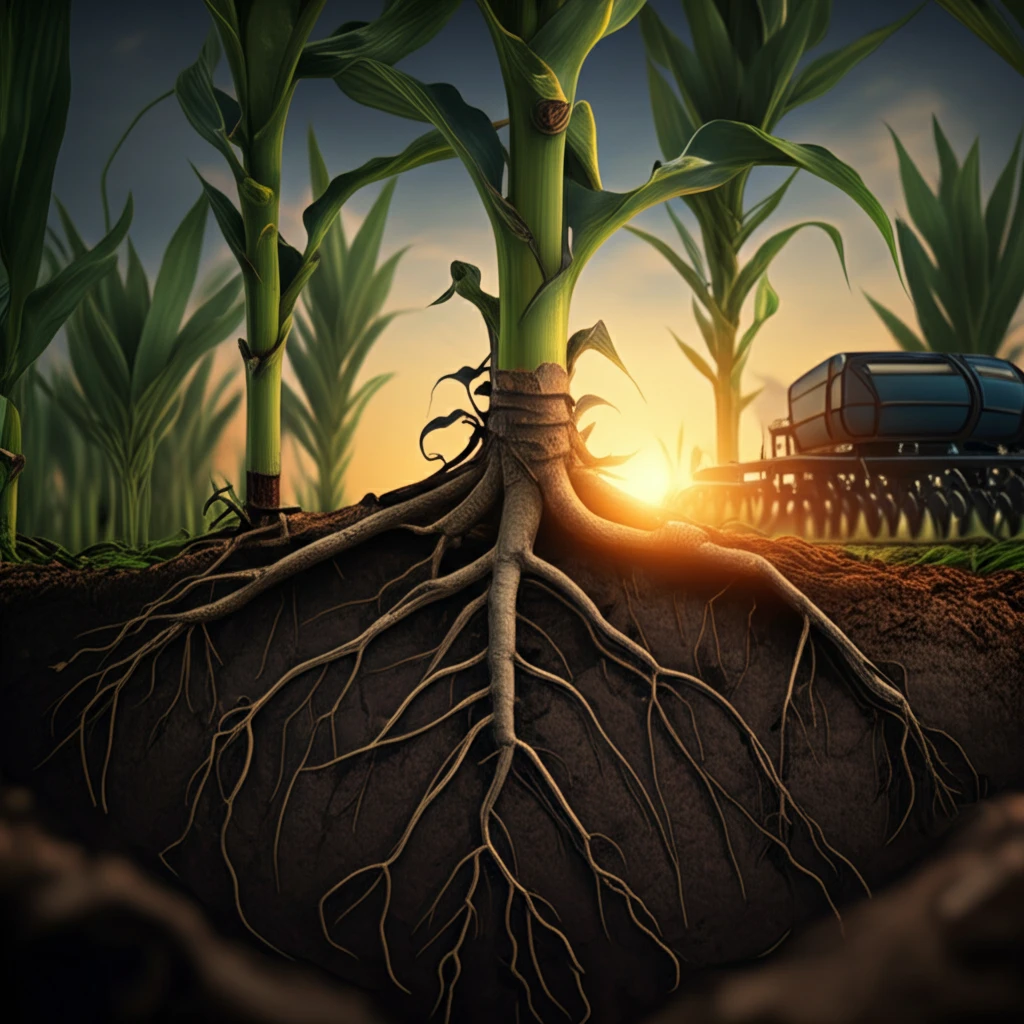
Unlock Bountiful Harvests: The Ultimate Guide to Organic Maize Landrace Farming
"Discover how to boost your maize yields using organic fertilizers and sustainable no-till practices for a healthier planet and bigger profits."
In an era where sustainability meets agricultural innovation, no-till systems have emerged as a cornerstone strategy for eco-conscious farming. By minimizing soil disturbance and conserving vital nutrients, no-till practices promise to revolutionize crop yields while safeguarding our precious ecosystems. For farmers in regions like South America, where no-till farming is rapidly expanding, understanding the nuances of these methods is essential for long-term success.
Maize landraces, with their rich genetic diversity and adaptability, present unique opportunities for farmers seeking resilience in the face of changing climates and market demands. However, unlocking the full potential of these varieties requires a deep understanding of their nutritional needs and how they interact with different fertilization strategies. As the cost of traditional mineral fertilizers continues to rise, the appeal of organic alternatives, like poultry litter, grows ever stronger.
This guide delves into the groundbreaking research on optimizing maize landrace performance under no-till conditions, focusing on the strategic use of organic and mineral fertilizers. Whether you're a seasoned farmer or just starting out, this comprehensive overview will provide you with the knowledge and tools to cultivate thriving maize crops while minimizing your environmental footprint.
Organic vs. Mineral Fertilizers: Finding the Right Balance for Maize Landrace

The core of sustainable maize farming lies in understanding the intricate relationship between soil health, nutrient availability, and fertilizer types. A recent study meticulously examined the effects of both organic (poultry litter) and mineral (NK + reactive natural phosphate, NK + triple superphosphate) fertilizers on maize landrace yields. The results offer invaluable insights into how to optimize your fertilization strategy for maximum productivity.
- At Sowing: The experiment compared no fertilization, surface application of organic poultry litter, and furrow application of mineral fertilizers (NK + reactive natural phosphate and NK + triple superphosphate).
- Topdressing: Treatments included no fertilization, organic poultry litter fertilization, and urea application.
- Nutrient Levels: Fertilization rates were carefully calibrated based on soil analysis and maize nutritional demands, ensuring a balanced approach to nutrient management.
- Data Collection: Researchers meticulously collected data on soil chemical attributes, leaf nutrient content, plant growth characteristics, and final grain yield.
Embracing a Balanced Approach to Maize Landrace Fertilization
In conclusion, the study underscores the importance of a balanced fertilization strategy tailored to the specific needs of maize landraces under no-till conditions. While organic poultry litter proves effective in enhancing soil phosphorus levels and promoting early plant growth, supplementing with urea at the topdressing stage is essential for optimizing nitrogen nutrition and maximizing grain yield. By integrating these findings into your farming practices, you can unlock the full potential of maize landraces while fostering a healthier, more sustainable agricultural ecosystem.
